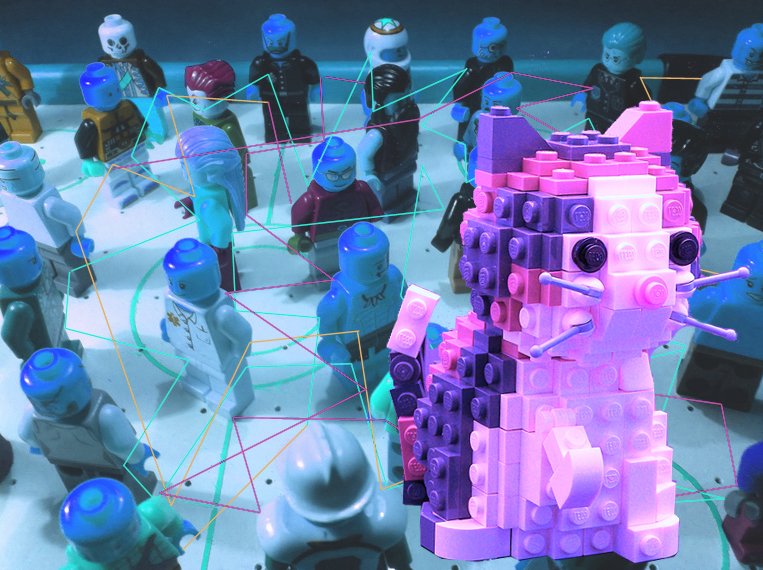We have all by now heard about the fabulous possibilities the IoT or the Internet of Everything has to offer in a future not so distant to come. It is a common story the one on how amazing it will be to be showering having the temperature of the water automatically adapted to our personal taste and shifting desires, or the day when teapots will communicate with alarm clocks. All this exciting possibilities are increasingly possible as the price of the sensors lower. The Internet of Everything has yet some challenges ahead to fully function. One of the challenges of getting it to work effectively is the problem of big organisations developing their own systems for the ways in which this will work. According to Edd Gent (2014) these systems are not working together well. This could be a big hindrance in getting as much as is hoped from the Internet of everything. The challenge is described as “interoperability” and coming up with solutions is needed. Gent argues that this has led to several problems such as the language that should be used for the development and how hundreds of operators can be persuaded to reorganise their data to make sure that one solution is followed. As Gent reports:
“Needless to say, progress has been slow and in the meantime big firms like Google and Apple are pressing ahead with their own proprietary visions of the Internet of Things.”
HyperCat is a solution that is being worked on that is “less heavy handed” according to Gent. The HyperCat project was conceived of in the UK, with 40 companies engaging in a year-long project to solve the problems of interoperability. This is currently being thought of as a “soft standard” according to Gent. It is thought to provide any hub of Internet of Things data, the ability to describe the resources that it has in a way that is commonly understood. Gent reports that HyperCat has taken common standards that already exist such as HTTPS for security, JSON for data formatting and RESTful for architecture and uses them, while also creating a manner of organising them that is common, so that any app that understands that kind of data will be able to do so.
As reported by TechRadar, a number of different parties were involved in the creation of HyperCat. These included ARM and BT and a lot of small start-ups and other companies. A range of universities were involved, as well as local authorities in Westminster City Council and Guilford Borough Council. Government involvement was also integral, and IBM was also involved. One of the biggest problems reported at the outset was the fact that every company had their own ideas on what would work well, and all wanted to use their own systems. HyperCat is thought to have benefits for the everyday person. It will lead to the ability of many censors to be able to communicate. One interesting benefit is the ability to control the surrounds, by monitoring and managing it more efficiently and effectively, such as turning heating or air conditioning off when they are no longer needed.
The following video explains how hypercat functions, and how in a near future there will be no need for humans to reading documentation and writing code:
A question asked by some, including by TechRadar, is how HyperCat could give the UK an advantage over other potential rivals overseas working on this type of technology. To this, one of the participants in the project responds that it would be a great boost of up to $100 billion for British industry, jobs, taxes and UK exports. It is argued that the British are very innovative and are well positioned, as a consortium of many organisations to compete with organisations that have $100 billion. TechRadar reports on the possibility of vendor “lock in” if vendors adopt the HyperCat standard, but it is hoped that by HyperCat keeping its activities as open standards, then this risk of lock in will be less likely to occur.
As explained by HyperCat itself the consortium hopes to create a one stop shop where people can find best practice in Internet of Things implementation. HyperCat reports itself to be focused on increasing Internet of Things interoperability upwards and outwards to achieve this. It is hoped that HyperCat can achieve the standard to avoid a situation such as that which has developed between Windows and Mac, and also between Apple phones and Android phones. Where poor levels of interoperability exist such as in situations like these it becomes more difficult for people to be able to achieve everything they ought to be able to, and conflicts between different kinds of systems in this way only serve to hold people and organisations back. HyperCat is certainly making good progress in this regard.

Paula Newton is a business writer, editor and management consultant with extensive experience writing and consulting for both start-ups and long established companies. She has ten years management and leadership experience gained at BSkyB in London and Viva Travel Guides in Quito, Ecuador, giving her a depth of insight into innovation in international business. With an MBA from the University of Hull and many years of experience running her own business consultancy, Paula’s background allows her to connect with a diverse range of clients, including cutting edge technology and web-based start-ups but also multinationals in need of assistance. Paula has played a defining role in shaping organizational strategy for a wide range of different organizations, including for-profit, NGOs and charities. Paula has also served on the Board of Directors for the South American Explorers Club in Quito, Ecuador.










